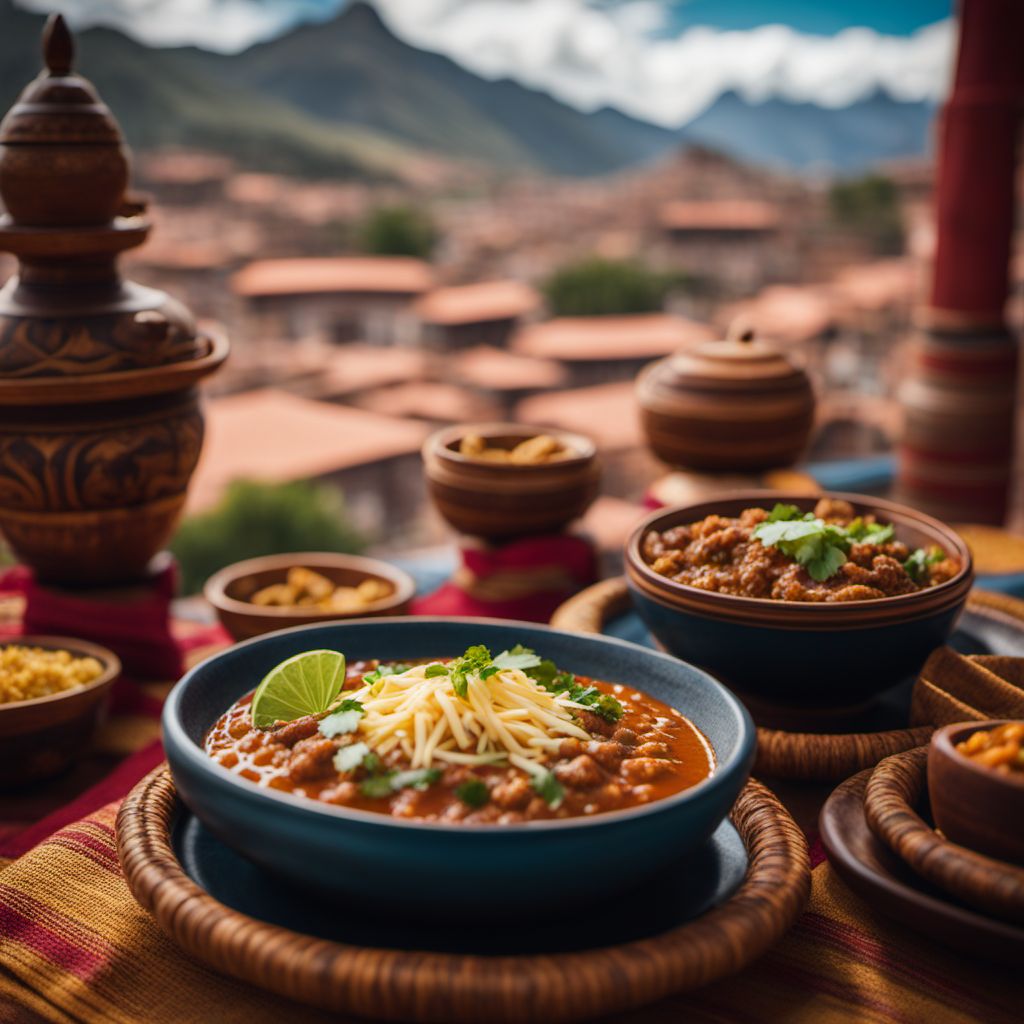
Cuisine
Inca cuisine
Inca cuisine is a reflection of the Inca Empire's sophisticated agricultural system and the use of local ingredients. It is characterized by its use of potatoes, corn, and quinoa, as well as a variety of herbs and spices. Inca cuisine also features a variety of meats, including guinea pig, llama, and alpaca. Some popular dishes include pachamanca (a meat and vegetable stew cooked in an underground oven) and chicha (a fermented corn drink).
Typical ingredients
Potatoes, Corn, Quinoa, Aji peppers, Rocoto peppers, Huacatay (peruvian black mint), Cilantro, Guinea pig, Llama, Alpaca, Trout, Beef, Pork, Beans, Rice, Yuca, Sweet potatoes, Plantains
Presentation and garnishing
Inca dishes are often presented with colorful garnishes, such as sliced avocado, tomato, and onion. Pachamanca is typically served with corn and potatoes. Chicha is often served in a gourd.
Inca cuisine is a reflection of the Inca Empire's sophisticated agricultural system and the use of local ingredients, as well as a reflection of the country's multicultural heritage.
More cuisines from this region...
History
Inca cuisine has a long history, dating back to the Inca Empire. The Inca people were skilled farmers and developed a sophisticated agricultural system that allowed them to cultivate a wide variety of crops. They also developed unique cooking techniques, such as using hot stones to cook food. When the Spanish arrived in the 16th century, they brought with them new ingredients and cooking techniques, which were incorporated into the local cuisine. Over time, Inca cuisine has continued to evolve, incorporating influences from other cultures.
Cultural significance
Inca cuisine is an important part of the country's cultural heritage, reflecting the Inca Empire's sophisticated agricultural system and the use of local ingredients. It is also a reflection of the country's multicultural heritage, incorporating influences from other cultures.
Health benefits and considerations
Inca cuisine is known for its use of fresh, whole ingredients, making it a healthy choice. Potatoes, for example, are a good source of fiber and vitamin C, while quinoa is high in protein and contains all nine essential amino acids. However, some dishes can be high in fat and sodium, so it is important to choose wisely.
Inca cuisine recipes Browse all »
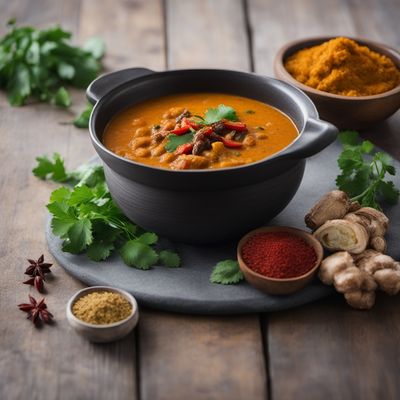
Curried Alpaca Stew
Andean Delight: Curried Alpaca Stew with Traditional Inca Flavors

Inca-style Quinoa Stuffed Peppers
Andean Delight: Quinoa Stuffed Peppers with Inca Flavors

Inca-style Quinoa Bøfsandwich
Andean Delight: Quinoa Bøfsandwich with Inca Flavors

Pisarei e fasò - Inca Style
Andean Delight: Inca-Inspired Pisarei e fasò

Inca-style Quinoa Polenta with Roasted Vegetables
Andean Delight: Quinoa Polenta with Roasted Vegetables, Inca Style

Inca-style Chicken Steamed Rice (Nasi Tim Ayam)
Andean Delight: Steamed Chicken Rice with Inca Flavors

Inca-Inspired Quinoa Gelato
Andean Delight: Quinoa Gelato with a Twist

Korčulanske Spomilje with a Twist: A Fusion of Croatian and Inca Flavors
Andean Delight: Inca-Inspired Korčulanske Spomilje

Inca-inspired Omelette with Aji Amarillo Sauce
Andean Delight: Aji Amarillo Omelette with Inca Flair
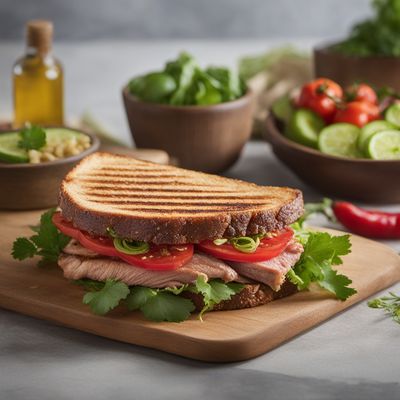
Inca-style Bone-in Pork Chop Sandwich
Andean Delight: Inca-inspired Pork Chop Sandwich
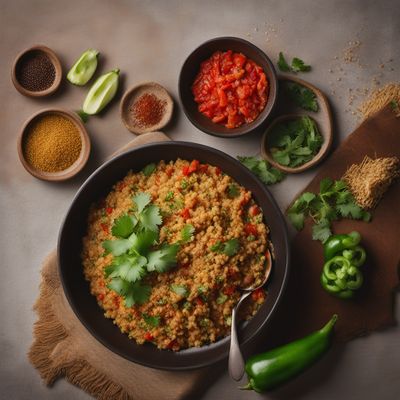
Inca-inspired Quinoa Balbuljata
Andean Quinoa Delight: A Fusion of Inca and Maltese Flavors
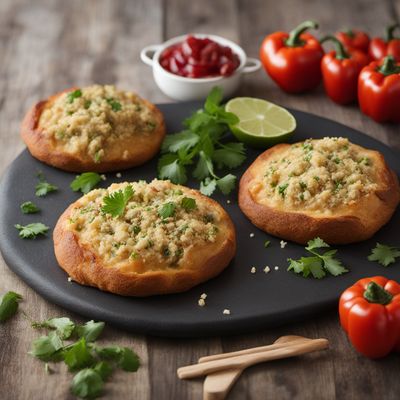
Inca-inspired Quinoa Stuffed Bread
Andean Delight: Quinoa-Filled Bread with Inca Flavors